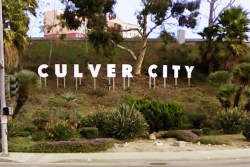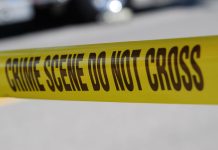Culver City has a large group of volunteers who are prepared to assist the community in the event of a disaster called the Culver City Amateur Radio Emergency Service.
CCARES participates in a national deployment to test emergency capabilities. The members set up an emergency contact station without electricity, and operate for 24 hours.
It is a drill that helps volunteer ham radio operators prepare to handle emergency communications, because “When All Else Fails, Ham Radio Works.”
Using the newest digital communications, voice communications and even historical Morse code, the group will be holding a public demonstration of emergency communications with hams from across the USA and Canada during the weekend of June 22-23, at Fire Station 1.
This annual event is known as “Field Day.” Using only emergency power supplies, ham operators will construct emergency stations at fire stations, parks, shopping malls, schools and backyards around the country.
Their slogan, is more than just words. Hams prove they can send messages in many forms without the use of phone systems, Internet or any other infrastructure that can be compromised in a crisis.
More than 36,000 amateur radio operators across the country participated in last year’s event.
The Culver City Amateur Radio Emergency Service, will demonstrate Amateur Radio at the Emergency Operations Center behind Fire Station 1, 9600 Culver Blvd, beginning Saturday, June 22, at 11 a.m. and staying continuously on the air until Sunday, June 23 at 11 a.m.
The public is invited to view ham radio’s capabilities and learn how to get their own FCC radio license before the next disaster strikes.
Last year during Field Day, CCARES made 734 radio contacts across the US and Canada, an increase of 32 percent from 2011.
Over the past several years, the news has been full of reports of ham radio operators providing critical communications during unexpected emergencies in towns across America.
These emergencies included California wildfires, winter storms, tornadoes and other events worldwide.
During Hurricane Katrina, Amateur Radio was frequently the ONLY way people could communicate, and hundreds of volunteer “hams” traveled south to save lives and property.
There are more than 700,000 FCC licensed Amateur Radio operators in the USA, and more than 2.5 million around the world. These volunteers provide emergency communications for thousands of state and local emergency response agencies, all for free.













